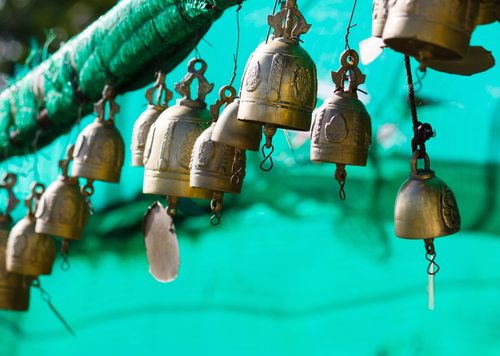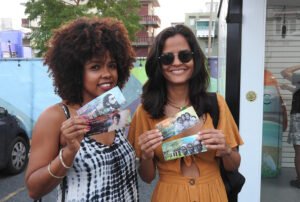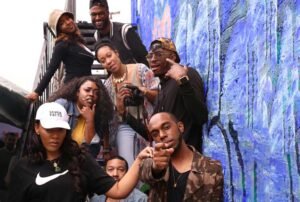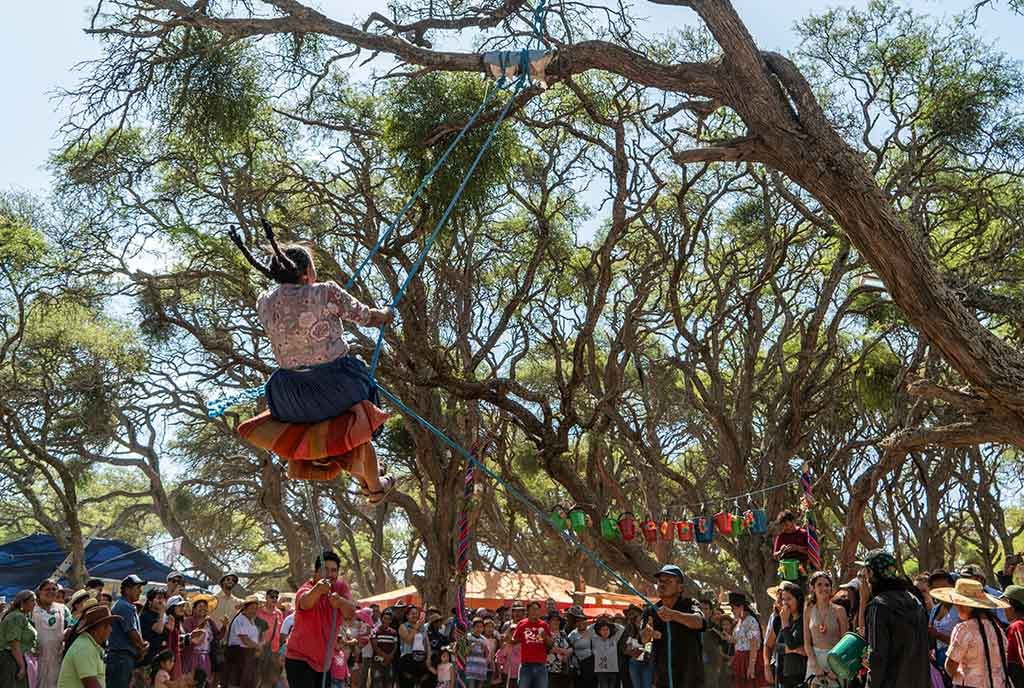
So art is pretty and inspiring and all that, but let’s cut to the chase: Why should the community of taxpayers who are not directly involved in the arts support them?
A prevailing viewpoint is that public funds should be dedicated primarily to costs related to the maintenance and improvement of a region’s infrastructure—roads, bridges, waste management, emergency services and the like—and secondarily to attracting or retaining businesses, jobs, people, and generating new external funding. Within that view, how does support of the arts contribute on the national, state, or local level?
First, while the arts are “not-for-profit,” they are not revenue-neutral. They are revenue-positive in the same way most for-profit businesses are: They generate paychecks and purchase supplies and materials and services from other businesses. Like any sports venue, they generate revenue for many other adjacent businesses, such as restaurants, bars, and parking lots. In many cities or regions, when the arts work together with businesses and municipalities to produce major festivals, the economic impact on all partners is positive in the forms of new audiences, new sales, and new tax generation. The activity of the arts, week in and week out, means revenue for businesses that could not have generated it otherwise; businesses and regions have expanded with it (as in “cultural tourism”) and have come to count heavily on it. The presence and support of the arts ripples widely.
Arts activity consistently brings people to places in ways that make fertile ground for subsequent business development. In cities everywhere, stories abound of areas that were “homesteaded” by artists, developed into funky, tourist areas, and then gentrified and fully developed. In Buffalo, N.Y., in a huge hulk of a decaying windshield wiper factory, the building’s Canadian owner, Elgin Wolfe, overcame people’s natural fear of the building and neighborhood by bringing in three large arts organizations (Buffalo Arts Studios, Hallwalls Gallery, and Just Buffalo Literary Center). These were deliberate first major tenants for Wolfe, who had used the “arts first” approach successfully in Toronto. Thousands of people were brought there at little or no cost to Wolfe, which he clearly understood, and within a comparatively short time, the building was filled with all manner of tenants, bringing jobs and all the benefits of a building that remains full today.
Sign up for our free newsletters
Subscribe to NPQ's newsletters to have our top stories delivered directly to your inbox.
By signing up, you agree to our privacy policy and terms of use, and to receive messages from NPQ and our partners.
There is no question at all that the approach of “leading with the arts” is also demonstrating enormous success at Buffalo’s emerging “Canalside” harbor district, which recently announced that due to a deliberate increase in free public arts activities, fully three times the number of people visited there than did a short three years ago—an increase from 150,000 to nearly 500,000. And yet, beyond some minor infrastructure improvement, no significant building has taken place. No retail development, no matter how large, or with whatever cachet, could have made that kind of progress that quickly. What is critical to any business considering opening in Buffalo at Canalside—or at similar waterfront developments around the country—is that arts activity means hundreds of thousands of people already go there—there’s no need for them to promote themselves to nearly the extent they would have in the absence of the arts activity. It’s fertile ground now, wide open, well travelled, and with endless potential primarily because of the activity of arts organizations that are only partially supported by public funds.
It is a cliché that young people are leaving Buffalo and many other Rust Belt cities in droves. While the truth behind the numbers is much more subtle than that, the fact is that in any number of national studies and correlating city studies, “cultural opportunities for young people” is right behind “job opportunities” as a reason for staying in or moving to a region. Music, art, performance, public space to participate in these…all are critical considerations to people when deciding on a place to live. Because of the historic national, state, and local support of the arts over the years, Western New York and many other regions have incredible arrays of offerings, which have been noted in a variety of national business and travel magazines, which are read and used by businesspeople making decisions regarding moving into or expanding within a region. All other things being equal, why should major national business magazines care about the arts offerings of cities around the country? Because it matters to a company’s bottom line that their employees love where they live.
Finally, the arts are not, and should never be, limited to artists and “arts lovers.” Creativity exists in everything that people do. It takes huge amounts of imagination and critical thinking to run a business (I grew up in a family business), or to create and manage a manufacturing process, or design a new widget, or promote different living environments. Art and creative thought is sought and appreciated by people who must turn thinking into action, and action into profit. The creative thinker—Steve Jobs, for example, and a thousand others like him—is the one who succeeds where others don’t, who expands when others stay static, and who drives change toward the new, and the untried, and the next best thing—or the next best place. And the key—perhaps the only—place where creativity, business, art, education, youth, and experience come together is the public library. It is my absolute conviction that the roles of public libraries should be rapidly developed in this regard. Its funding is critical to the cross-sector interactions that will continue to drive the country’s reimagining. No art, no imagination.
Support for the arts is not simply support for strange poetry readings (I’m a poet), or inscrutable plays, or art that “my kid could have done.” It is support for creative thinking—done by all sectors and all people (even politicians)—and forward motion. Without imagination fostered by arts activity, there is no science, technology, engineering, or math. In my view, it is no more optional than funding roads and bridges. And the taxpayer doesn’t need to “use” the arts any more than he or she needs to use every road or bridge or park supported by their taxes. The arts are equally integral to place, and can’t—shouldn’t—be separated from it.













